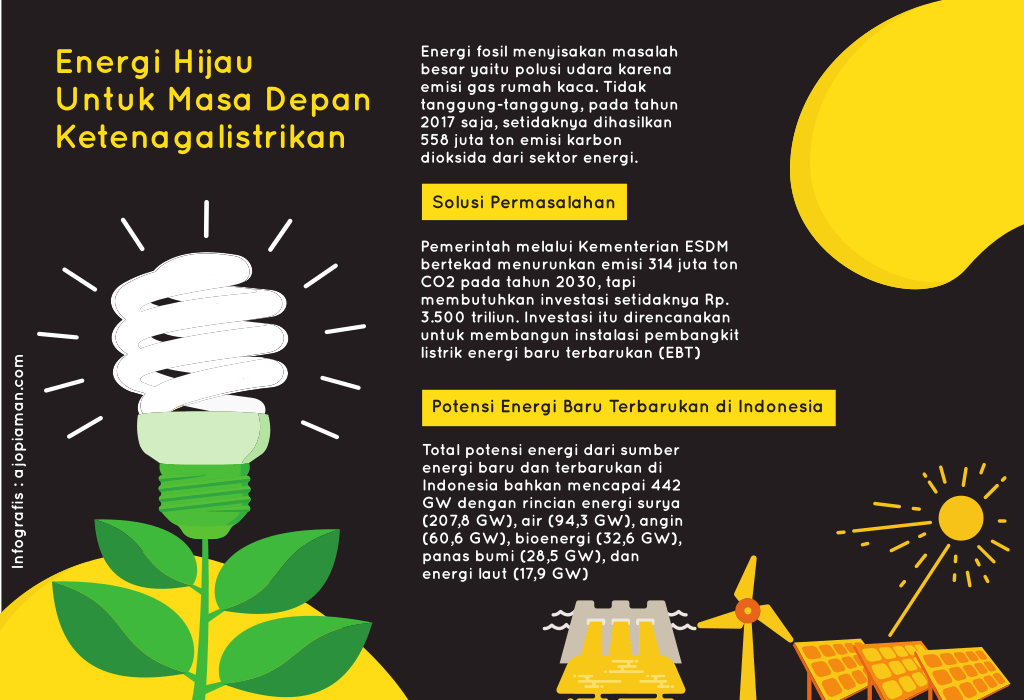
Everyone wants to be “green”, even if Kermit says it isn’t easy. An excellent first step for the homeowner is to use green energy within their home, but most people don’t know where to start. This article will guide you through some strategies which will help you to green your home in no time!
Save electricity while becoming a more conscientious energy consumer by unplugging the chargers for all your electronic gadgets when they aren’t in use. Chargers for laptops, mp3 players, cell phones and other devices use power when they’re plugged in. This happens regardless of whether you’re using the device or not.
Green
A good way to begin your quest for green energy is to use alternative sources to heat your home. While wood stoves have been relied upon for countless years, the newer trend is toward pellet stoves. The pellets are composed of compressed sawdust and take up far less space than a wood-pile.
It will pay off over time if you spend more on green efficient products in the future. Energy savings, coupled with monetary savings, will make the investment worthwhile over the longer term. It is also going to ultimately pay off for the environment.
Green energy might be available to you right now, so make a phone call and see if you can find it. Most electric companies are now offering green energy sources that can meet consumer’s needs. You will likely have the option of switching partially to green energy, or entirely to green energy. You might pay a little more for these options, but you will be doing something great for the environment.
Energy
You should never use a small amount of warm water all at once. Doing this will just gradually increase your overall energy usage. Instead, try using all the warm water you plan on using immediately. For example, you should try having all your family members take a quick shower at once.
Think outside of the box. While many people think ‘solar’ panels when they think of green energy, there are other ways to take advantage of the sun. If you are building a new home, consider incorporating passive solar design into the home. By building with materials such as concrete or adobe and taking advantage of the sun’s natural heat with south-facing windows, you can create a home that will naturally heat itself in the winter and stay cool in the summer.
Home
Try heating your home with a wood pellet stove. The pellets burned in a pellet stove are made of highly compact sawdust. They burn so cleanly than they are not required to get an EPA certification for emissions. Be aware, however, that the cost of the pellets may be high in some areas.
Turn it off. Turn it off. Turn it off. When exiting rooms, turn off the computer, television or lights. Connect your home electronics to a power strip and unplug it when they are not in use. Phantom power draws from electronics in standby mode is a big problem.
Plant trees around your home. The trees will help provide shading for you home and therefore will help keep your home cooler in the hot summer months. It will not require as much air conditioning to keep it at your desired temperature. Since trees lose leaves in the winter, they will still allow the sun to come in and help heat your home during the winter months.
While it will take some time, effort and dedication to put what you’ve learned here into effect in your home, the rewards will be worth every second. Lowered bills, less reliance on the grid and a warm, fuzzy feeling in your heart are just some of the benefits you’ll enjoy, so get started today!
